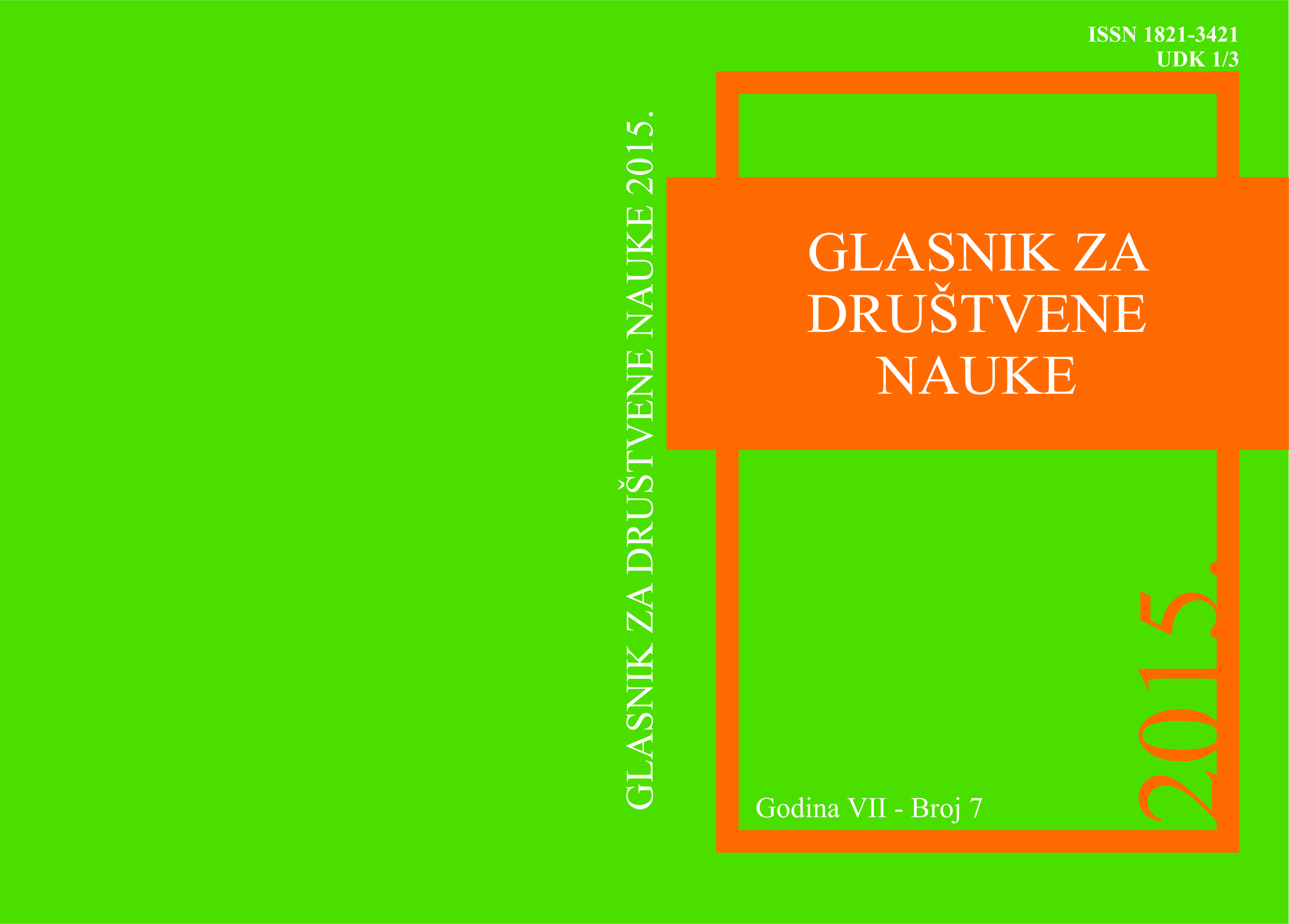BROWNFIELD INVESTMENTS 1N THE REPUBLIC OF SERBIA
Keywords:
foreign direct investments, economic growth, economic development, investment climateAbstract
Foreign direct investments (FDI) represent an important development factor in the developing countries. The Republic of Serbia, as a country in transition, considers FDI as one of the most important factors of the economic development. Furthermore, from the investors' perspective foreign direct investments are of great importance, especially in the sphere of confidence-building in other countries and the favourable economic climate in our country, ali regarding future lucrative investments. The benefits from increasing foreign direct investments in Serbia include the following: the launch of technology transfers and spillovers to the domestic economy, the assistance in development of human resources and management skills, the contribution to the involvement in the international trade and the increase of exports. Moreover, FDI would help create more competitive environment and develop an entrepreneurial culture, all for the purpose of achieving economic growth.
References
Dašić, B., (2011) Strane direktne investicije i regionalni razvoj Srbije, Leposavić, Visoko ekonomska škola strukovnih studija Peć.
Miljević, I. M., (2007) Metodologija naučnog rada, Pale, Filozofski fakultet Univerziteta u istočnom Sarajevu.
Đorđević, M., (2005) Međunarodni marketing, Kragujevac, Ekonomski fakultet Univerziteta u Kragujevcu.
Estrin, Saul, Kirsty Hughes & Sarah Todd (1997) Foreign Direct fnvestment in Centra/ and Eastern Europe, London: Cassel.
Kogut, Bruce & Harbir Singh (1988) ,,The Effect of National Culture on the Choice of Entry Mode", Journal oj fnter-national Business Studies 19, no. 3, p. 411-32.
Caves, Richard E. (1971) ,,International Corporations: The Industrial Economics ofForeign lnvestment", Economica 38, p. 1-27.
Buckley, Peter J. & Mark Casson (1998) ,,Analysing Foreign Market Entry Strategies: Extending the lnternalisa-tion Approach", Journal oj International Business Studies 29, p. 539-62.
Chen, Shih-Fen & Ming Zeng (1996) Rep-utation Barriers, Marketing Capabili-ties, and Japanese Investors' Choice of Entry Strategy into the US, Working Paperno. 97-27.
Meyer, Klaus E. (1998) Direct fnvestmentin Economies in Transition.
I O. Peng, Mike W. (2000) Business Stralegiesin Transilion Economies,
Sage.
Liebermann, Marvin B. & David B. Montgomery (1998) ,,First mover Disadvantages: Retrospective and Link with the Resource based View", Strategic Management Journal 19.
Beslać M. (2009) ,,Obim stranih direktnih investicija u jugoistočnoj Evropi i privreda Srbije", Economic Annals no 168.
Ćirović M., Pušara K. (2000) Strana ulaganja, poslovno-analitički
pristup, Beograd.
Vidas-Bubanja M. (2008) Metode i determinante stranih direktnih investicija, Institut ekonomskih nauka, Beograd.
WEB sajtovi :
Agencija za privatizaciju,
http://www.priv.rs/Agencija+za+privatizaciju/90/ZASTAVA+ELEKTR O.shtml/seo=/companyid=602
SIEPA, Mere za razvoj brownjield investicija,
http://www.palgo.org/files/brownfield/02%20SIEPA%20-
%20Mere%20za%20razvoj%20braunfild%20investicija.pdf, SIEPA,Yura Corporation Presentation, http://www.siepa.gov.rs/files/pdf2010/ENG YURA Corporation Prese ntation.pdf,
Stojkov B., Puna usta greenjield investicija, brownfield zaboravili ili nikad ni čuli, http://www.vuu.org.rs/sites/default/files/Brownfield%20investicije.pdf,)
Yura makes your wheels spin,
http://joongangdaily.joins.com/article/view.asp?aid=293183l,
Downloads
Published
Issue
Section
License

This work is licensed under a Creative Commons Attribution-NonCommercial-NoDerivatives 4.0 International License.


